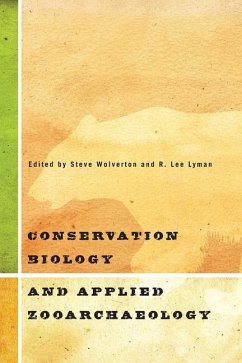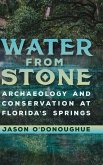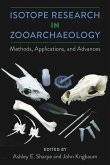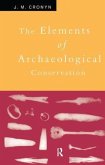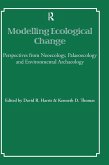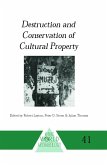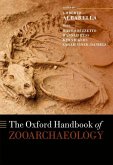This is designed to show how zooarchaeology can productively inform conservation science. It offers a set of case studies that use animal remains from archaeological and paleontological sites to provide information that has direct implications for wildlife management and conservation biology. It also introduces conservation biologists to zooarchaeology, a sub-field of archaeology and ethnobiology, and provides a brief historical account of the development of applied zooarchaeology.
Hinweis: Dieser Artikel kann nur an eine deutsche Lieferadresse ausgeliefert werden.
Hinweis: Dieser Artikel kann nur an eine deutsche Lieferadresse ausgeliefert werden.

